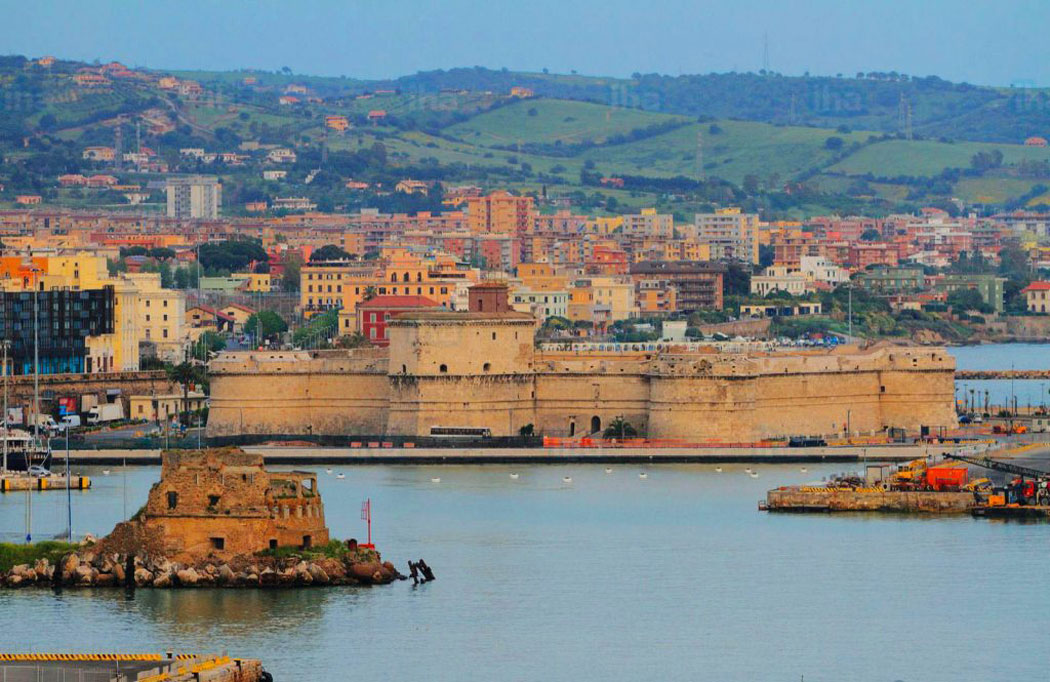
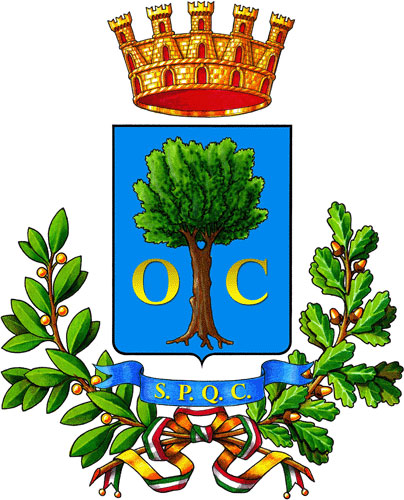
Civitavecchia is a seaside town beside the Tyrrhenian Sea and is one of the most important tourist ports in the Mediterranean as it has been the Port of Rome since its origins.
Originally, Civitaveccha began as a port and an Etruscan settlement, but its fortune grew with Rome, which had called it Centumcellae (from the Latin ‘centum cellae - a hundred creeks’) due to the numerous inlets in the rocky shoreline that offered shelter to ships. Its history is intrinsically linked to the defence and trade of the city of Rome.
In 106 AD, the emperor Trajan decided that this was the right place for the construction of a port that would replace the almost sanded up harbor of Ostia, at the mouth of the Tiber, and commissioned the famous architect Apollodorus of Damascus. The emperor also had one of his splendid villas in Civitavecchia, built precisely to be able to closely monitor the work on the harbour, and it was accompanied by a spa. The year 106 can therefore be considered as the year of foundation of the city of Civitavecchia.
The city and the port are in symbiosis and Civitavecchia has grown for better or for worse with its port. It had its maximum splendour in the imperial age, first the Roman Empire and then the Eastern Empire. Indeed between 314 AD and AD 538, it was first occupied by the Byzantines and then placed under the control of the Duke of Rome.
From 728, Civitavecchia came under the control of the popes, who had to face the Saracens, and even if with an interruption, it would remain in the Papal State until the Unity of Italy. To protect against the assaults of the Saracens and other potential enemies, the Popes immediately were concerned restoring and strengthening the city walls.
But the Saracens were very strong and in the Middle Ages caused many problems, in fact in 828 they occupied and destroyed the city almost completely transforming it into a base against Rome. Meanwhile, the exiles from the city built a village in the Tolfa woods that took the name of Centumcellae.
The history of the re-birth of Civitavecchia occurred at the end of the IX century when the inhabitants of this village in the Tolfa found themselves having to decide whether to return to live in the ruins of the old city of Centumcellae or to remain in the village in the Tolfa mountains.
According to legend, the younger inhabitants were inclined to stay in the new settlement while the older ones wanted to return to the seaside town with the port. The decision was taken after a plea from a sailor named Leandro, to whom a square was then dedicated, which got into people's hearts.
The port city was then called Civita Vetula (Old Town) to distinguish it from the Centumcellae built in the woods and then definitively destroyed in the 1500s. Also according to this legend, the initials O and C found on the Civitavecchia coat of arms would be the initials of Ottimo Consiglio in relation to Leandro's speech. But most probably the words are the initials of ORDO CENTUMCELLENSIS in memory of the ancient Roman city.
At this point in time, Civitavecchia returned under papal control and remained there continuously until Napoleon's French domination and looting.
Among the first feudal lords who ruled Civitavecchia we recall the powerful family of the Prefects of Vico who at one point came into conflict with the troops of the Church led by the famous cardinal and military leader Vitelleschi. Then the Pope bought back Civitavecchia for 4,000 florins from the family of the Prefects of Vico.
This episode led to the Renaissance of Civitavecchia and Pope Julius II had the fortress built by Bramante, that fortress which today is called Forte Michelangelo although in reality Michelangelo had limited himself to the construction of the hexagonal tower.
The construction of the walls was instead entrusted to the great architect Sangallo together with other defence works. It can be said that by the end of the 1500s the port of Civitavecchia had returned to shine as in Roman times and housed the entire papal fleet and the arsenal, i.e. the yards where the boats were built. The port was strategic for exporting alum found in nearby mines.
At the end of the seventeenth century the city also returned to its ancient Roman splendour with all the infrastructure necessary for the population with the accommodation and modernization of the Trajan aqueduct.
It was Napoleon who disturbed this peace and in 1798 the French army occupied the city and the port, stealing all the assets of the church. And it is precisely from here that his Egyptian campaign started using the ships of the pontifical fleet.
After a long struggle with the people of Civitavecchia, the city was ruled by the French (until the fall of Napoleon) who created some governmental infrastructures such as the Court, the Chamber of Commerce and a Meteorological Station.
The return of the Pope after the fall of Napoleon continued the process of modernization: Civitavecchia returned to being a bishopric and Pope Gregorio XVI built the great Teatro di Traiano. In 1859 the first railway between Rome and
Civitavecchia was built to quickly connect the capital to its port.
In 1870 Civitavecchia entered the new Italian state where it continued to play an important role thanks to its large port. But during the Second World War, Civitavecchia paid for its position as a strategic port just an hour from Rome, suffering as many as 76 bombardments that razed it to the ground.
Today the port of Civitavecchia is among the most important in the Mediterranean and is the second European port based on the number of annual passengers in transit.




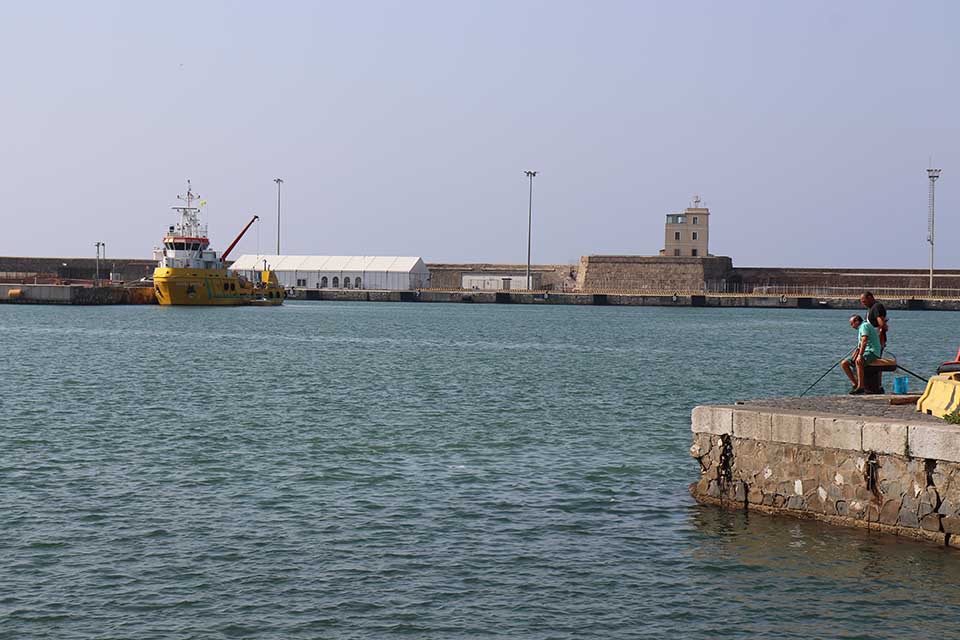
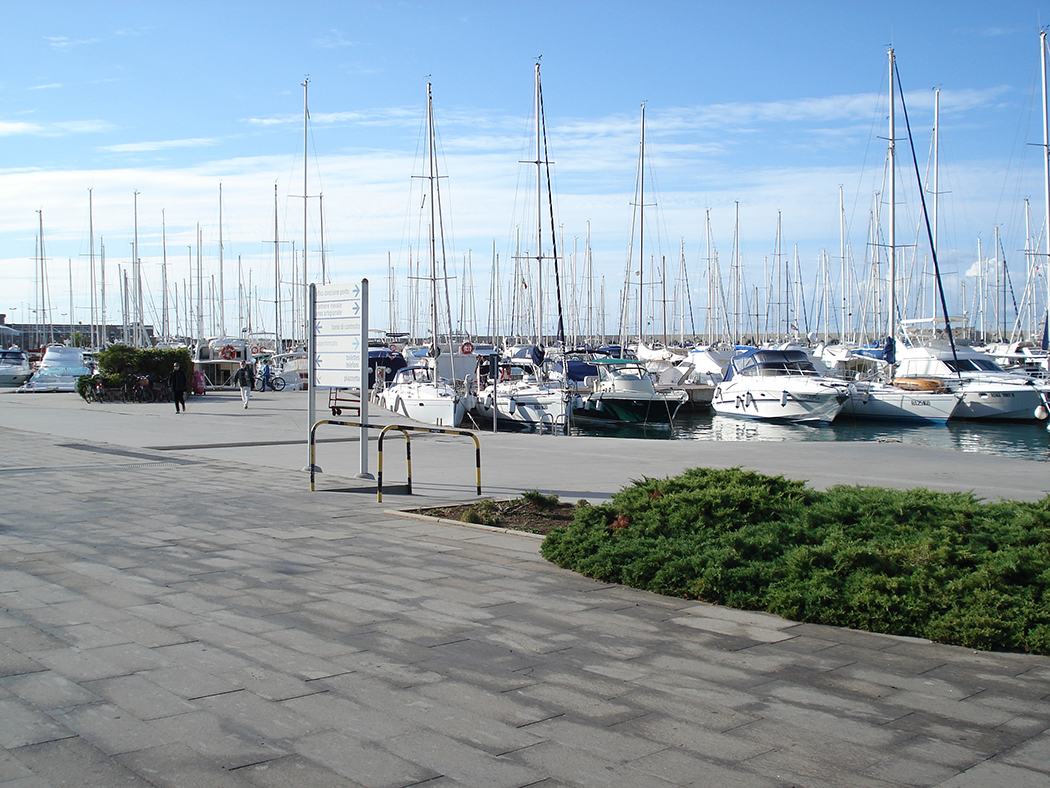
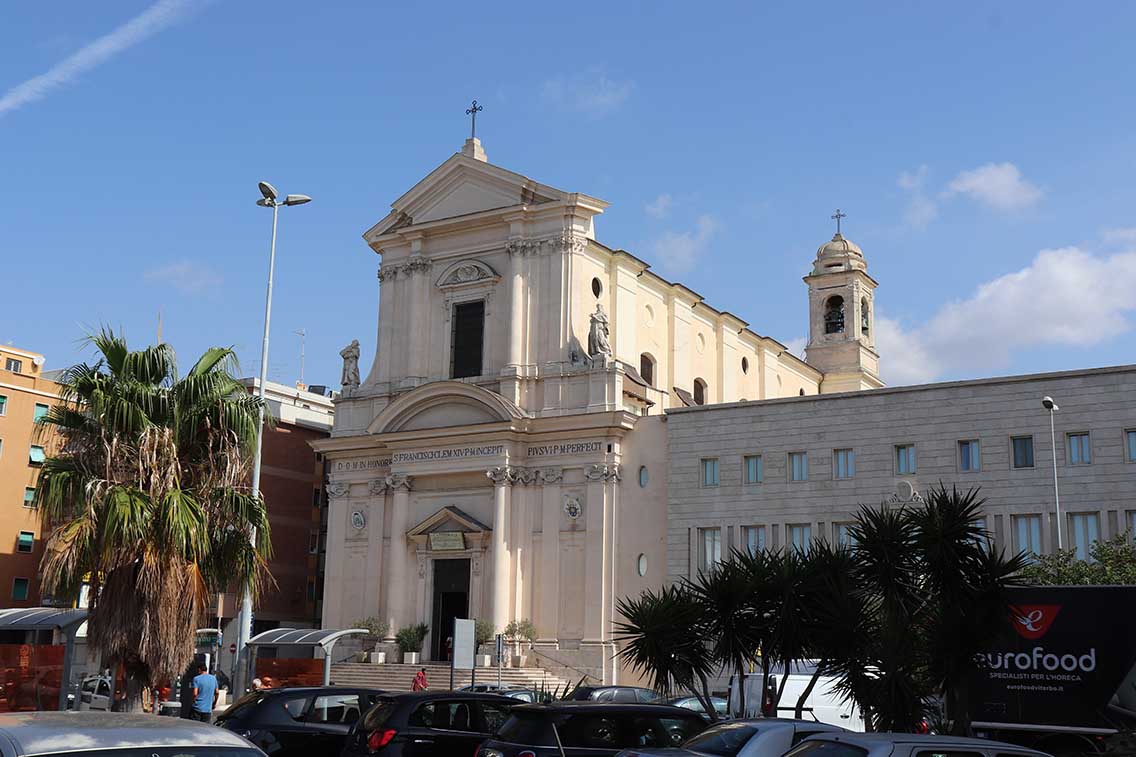

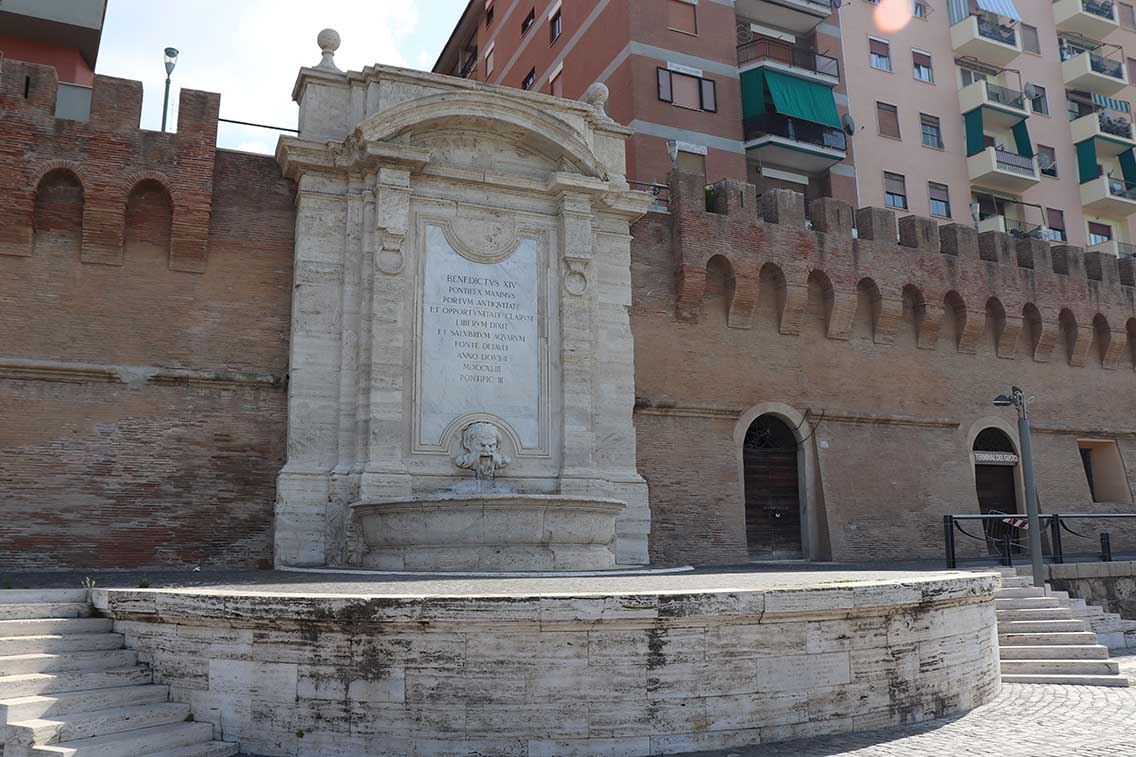





Follow us